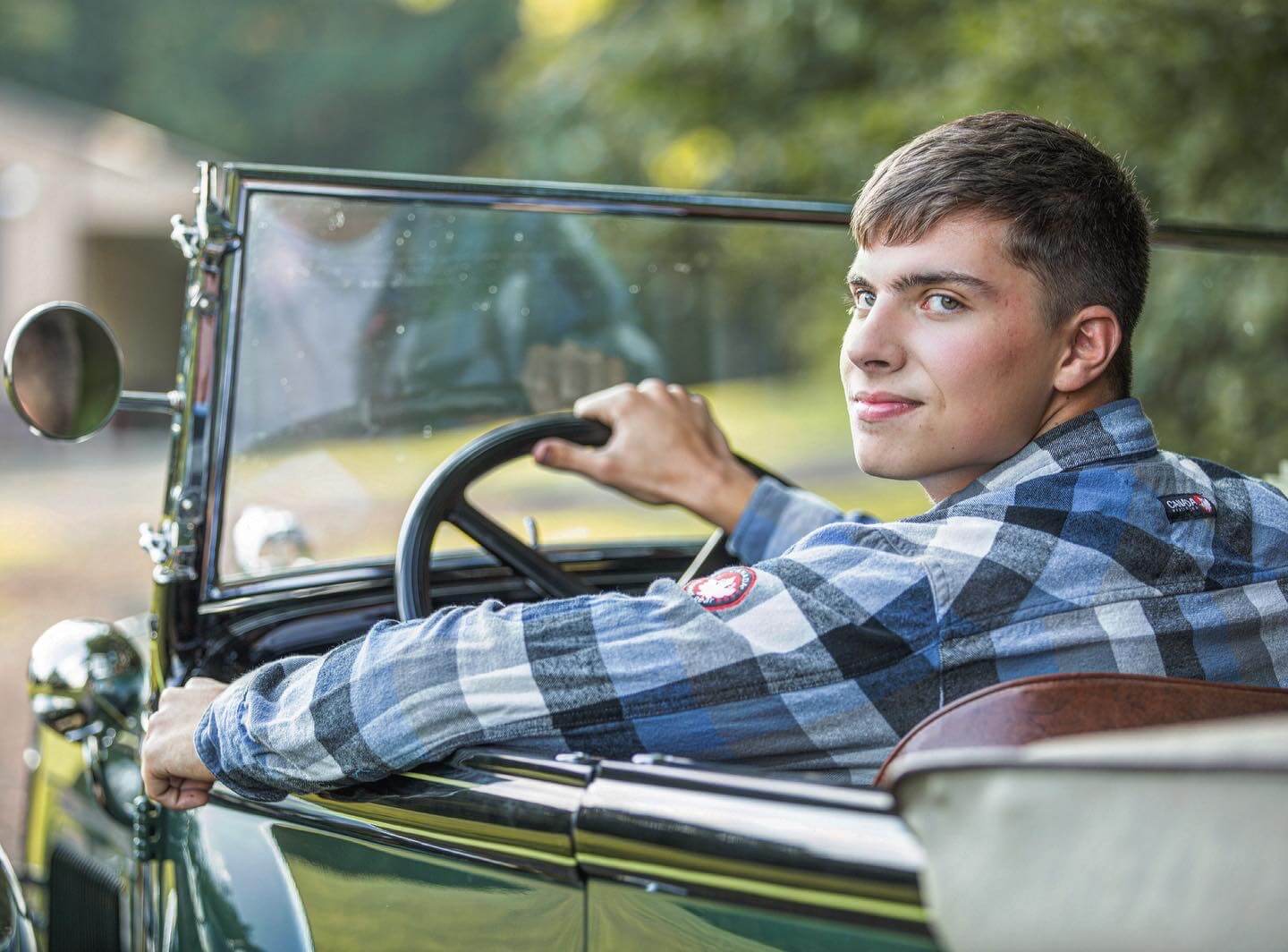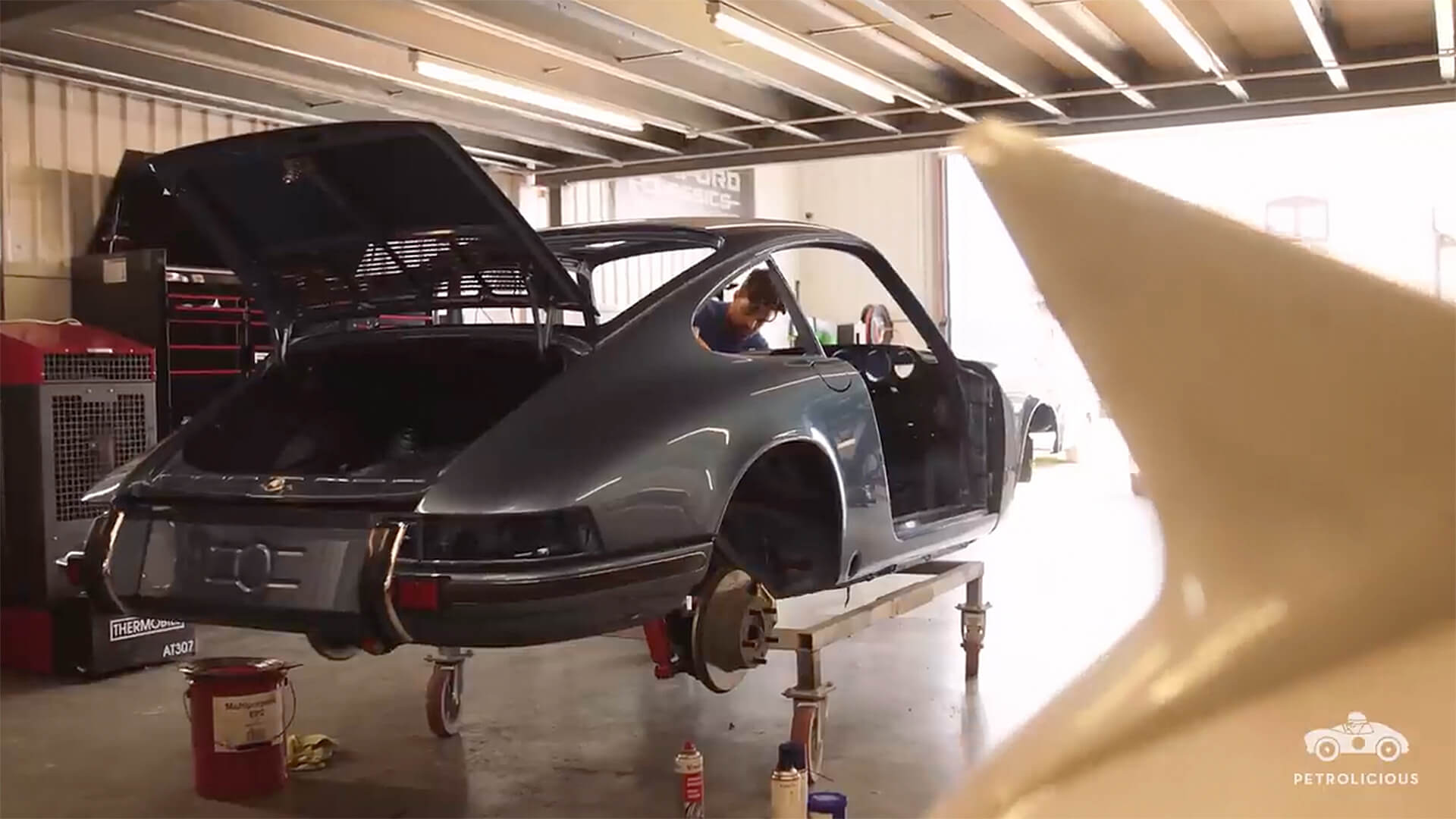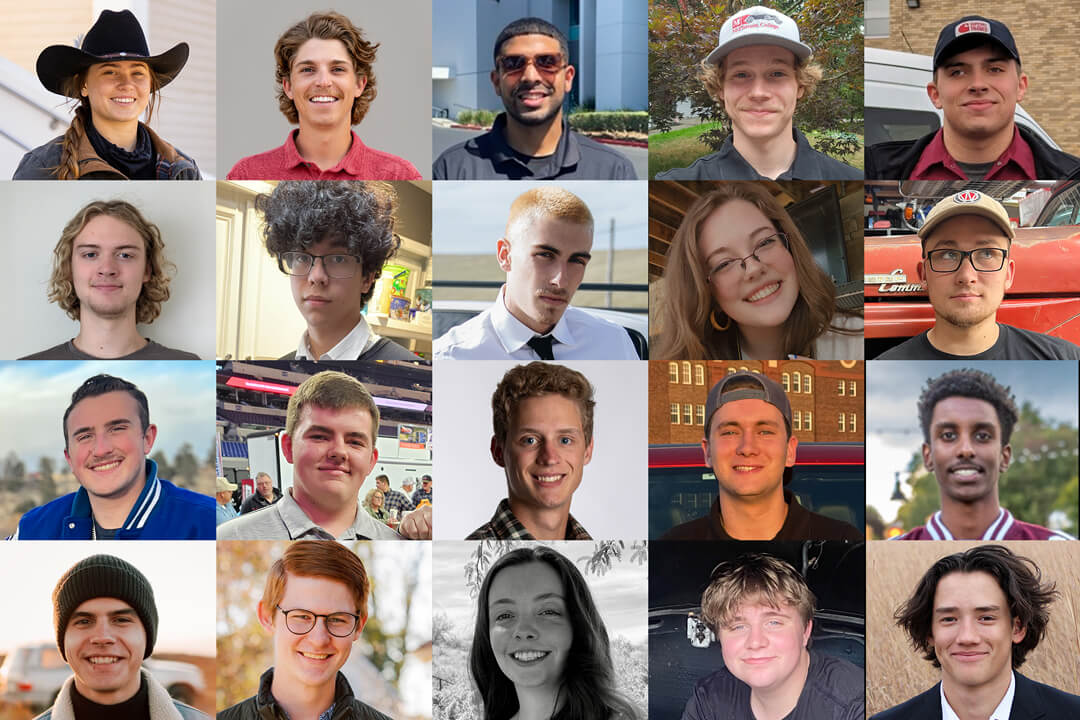Apprentice Restoration Specialist Kira Mundhenk
Winter is a good time to stop for a moment and appreciate what we will enjoy at the car shows just around the corner in 2022. Restoration specialists will spend many, many hours to turn back the clock and just one car, much more time than we ill spend admiring their handiwork.
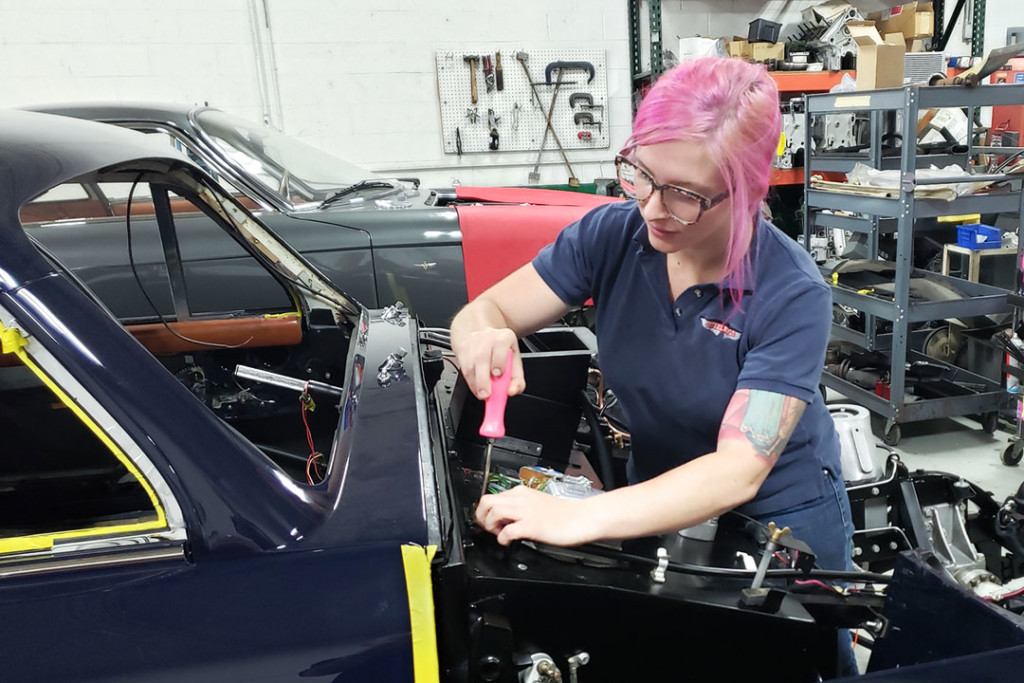
By jeff mason
July 2, 2021
What path did your formal education take? Did you study to become a restoration specialist?
Honestly, I had never considered it as something that I could, or should, do. After leaving high school at 16, I spent three years studying liberal arts with a year at Bard College at Simon’s Rock, Great Barrington, Massachusetts, and a summer at Lehigh University. I was planning on a career in physics or engineering and even toyed with the idea of getting an English degree.
Some people know what they want to be when they’re little. I consistently got good grades across the board but I’m interested in everything and want to know how everything works. I couldn’t make up my mind and thought, if I’ll be in school forever if I keep going this way. There was also a recession at about the time I would have graduated and the employment statistics for white collar jobs were terrible.
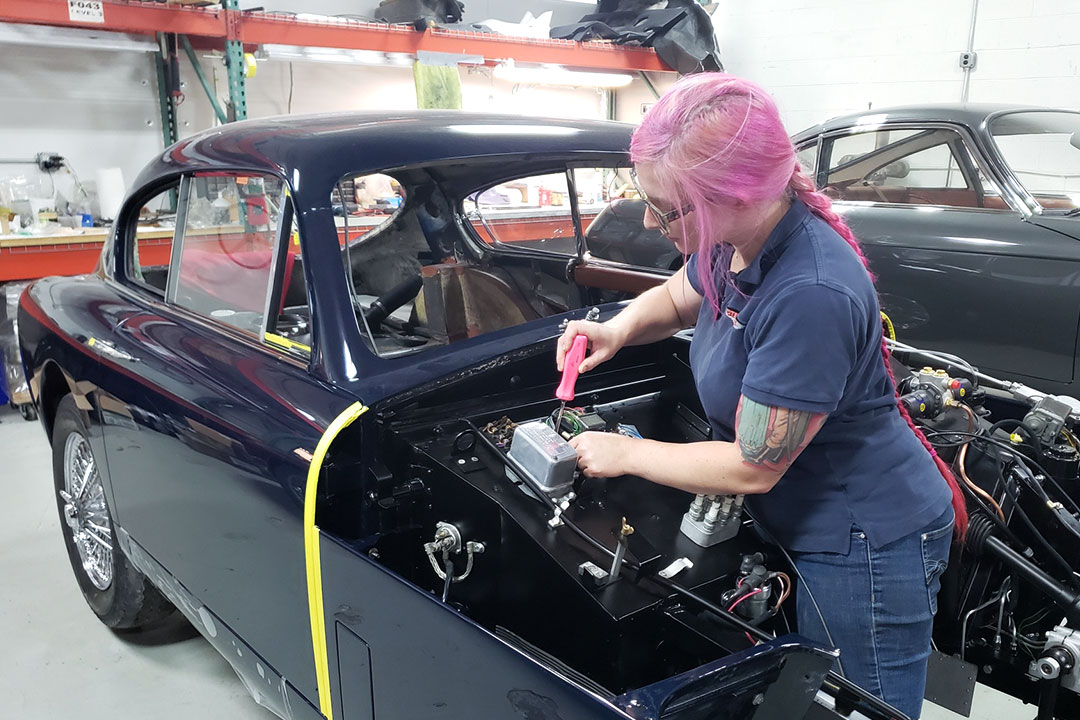
I took a break from school and worked in bars and DJ’d for a while. I’d grown up horseback riding and competing nationally with hunter jumpers so I went back to that, too. I liked working in the service industry, meeting and talking with people. The hours are flexible, which helps if you want to travel, and that’s very appealing for someone in her 20s. I decided that I was willing to stay in that industry until the right career path came along, because I had realized that I would never be content with a basic desk job.
Did you have any experience as with automotive repair?
I liked cars but hadn’t grown up working on them. In fact, it wasn’t until I bought my 2002 Mini Cooper that I even really tried. I learned how to do the brakes and changed the turn signal switch. Nothing crazy. I had a 45-minute commute and spent a lot of time with the car. I had fallen desperately in love with it, so, when the transmission failed and I found out that a rebuild would cost twice as much as the car was worth, I asked my dad to visit from Indiana and help me rebuild the transmission.
He said okay because he believed me when I said I would do it.
That was a real experience and the car was out of commission for a month. But, I was intoxicated by the feeling of having the car back together, after seeing the car apart and the transmission laying on the ground, and turning the key for the first time. Every time I drove the car after that, I knew I was responsible for the car not being in a junkyard.
One year later, I had to redo the transmission. It wasn’t my fault, but it allowed me to get experimental and I swapped the 5-speed for a 6-speed. I kept pushing the boundaries and liked customizing the car, like making the shift knob out of a crystal doorknob.
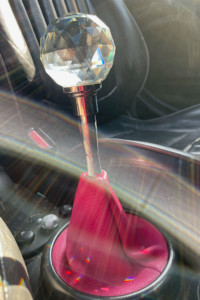
How did you find your way into an apprenticeship as a restoration specialist?
I met Jon [co-owner of Steel Wings] at an autocross event. We ended up chatting and I told him about some of the work I’d done on my car. He later sent his business card to my friend Josh, inviting me to get in touch. I did it because I wanted to see a shop that specializes in Aston Martins. That’s incredible and I loved walking through the shop. I was blown away by what they do here and then Jon offered me a job.
I didn’t care what he wanted me to do. I would have been happy to sweep the floor, I just wanted to be around the shop and learn more.
Do you think you’ve found your career path with this apprenticeship?
I do believe now that the right passion presented itself to me. I was happy to give up the flexibility I had for something more attractive. In this job, you have to learn so many different aspects to be able to work on the cars, not just restore them, so every single day is different and there is always something to learn.
It’s not all wrenches, either. I joke that a lot of this is Automotive Martha Stewart. A car needed a new piece of felt in the ashtray, which was wooden and did not have perfect corners when it was made. It takes longer than you would think to make it look high quality and also authentic. There’s a lot of fiddly fabric work to that, like many interior details. In the factory, when the cars were original, there would have been one person specializing in the task. In a shop like this, everyone has to be very multi-talented.
My friends come to me now for creative solutions. One had a picnic table with rotten legs. I told her to cut off the rotten bit but she said the table would be too low. She’s tall. So, I told her to set the table on cement blocks, which would prevent future rot. She said, “I would not have thought of that.” That’s my job, thinking of solutions that keep the car authentic.
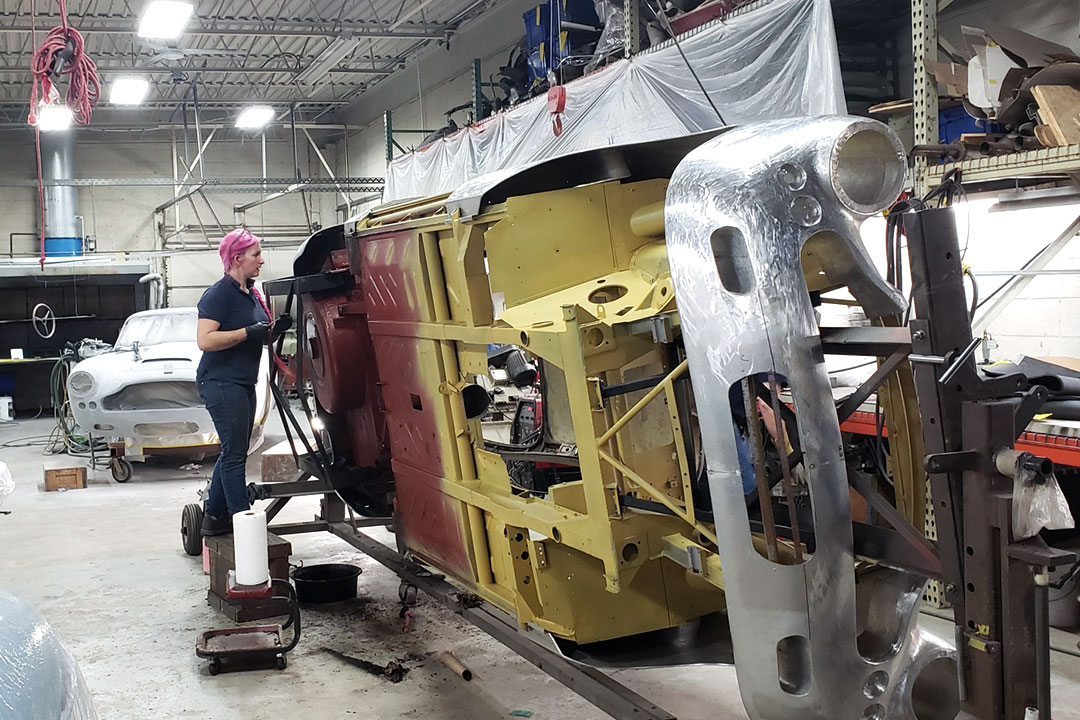
Do you wish you’d studied this trade in school before apprenticing?
I was incredibly nervous coming into my first day in the shop with no knowledge of working on vintage or exotic cars, but unless I had been able to go to an incredibly specialized trade school, I don’t believe that it would have helped me. In most modern automotive schools, you learn how to work with diagnostic computers and how to be an attractive employee for a dealership or lube shop, neither of which was an appealing career path for me.
While there are certainly aspects of training that cross over, it’s easy to get into habits working on modern cars that can damage vintage cars. Nearly everything in the shop has an aluminum body, for example, which is delicate enough that leaning on a fender can potentially leave a ding. Using a wrench at an angle can mark the head of a bolt on a show car, and using a socket that’s the wrong size can rub off the plating.
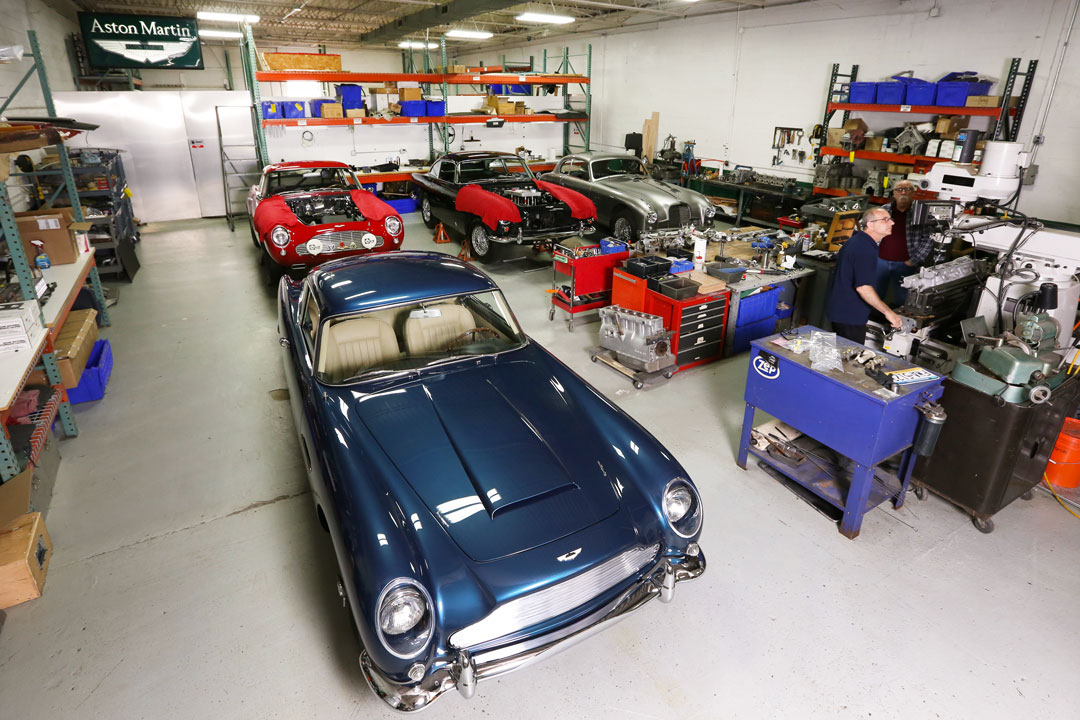
Beyond that, there are simply so many different areas of knowledge crucial to keeping these cars running and driving properly, as well as looking beautiful. Learning to weld was super exciting because it opens up so many possibilities, but you need to be able to make custom brake and fuel lines, understand electrical work, have basic painting and bodywork skills, and also the mechanical knowledge. It’s important to be able to plan ahead, to think creatively, and to be incredibly careful.
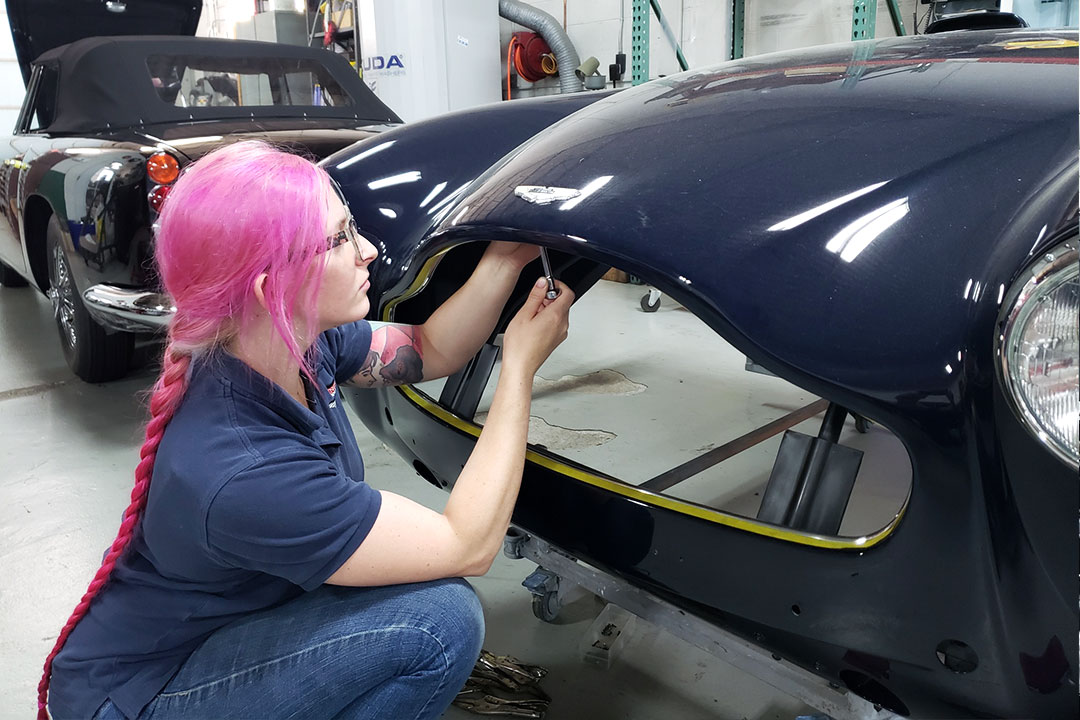
Between my bosses and coworkers, there is well over a hundred years’ worth of experience in the shop, and by asking a ton of questions—even if I seem like a toddler sometimes—I’m able to learn from all of their collective experience, and do things right the first time. They’re happy to see the knowledge being passed on, and to know that I’ll be able to continue the work that’s being done now well into the future.
Piston Foundation will follow Kira to learn more about her experience as an apprentice.
Donate
Today
Support skilled trade education for future auto restoration technicians.
Campaigns
Give to What You Love
Make a gift that helps the next generation access the education and training they need to begin a career as a classic car technician. Gifts of any size are appreciated and will be used to fund our scholarship and apprenticeship programs.
Sponsor a Piston Scholar
Piston Foundation scholarships are awarded to aspiring technicians to help them begin an auto restoration career. Give to the car culture you love. 100% goes to fund scholarships.
Cars for Piston Scholars
Turn your collector car into education and hands-on training for aspiring collector car technicians. Your car can change lives. 100% goes to fund scholarships.
Give to What You Love
Make a gift that helps the next generation access the education and training they need to begin a career as a classic car technician. Gifts of any size are appreciated and will be used to fund our scholarship and apprenticeship programs.
Sponsor a Piston Scholar
Piston Foundation scholarships are awarded to aspiring technicians to help them begin an auto restoration career. Give to the car culture you love. 100% goes to fund scholarships.
Cars for Piston Scholars
Turn your collector car into education and hands-on training for aspiring collector car technicians. Your car can change lives. 100% goes to fund scholarships.
Subscribe
Sign up for our monthly email with stories, updates, and volunteer opportunities.

